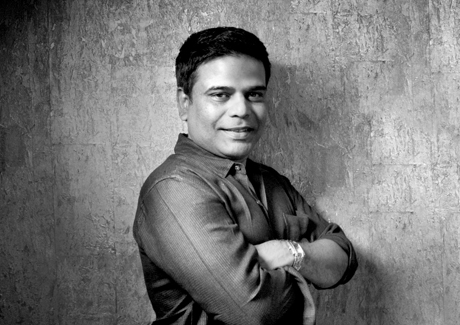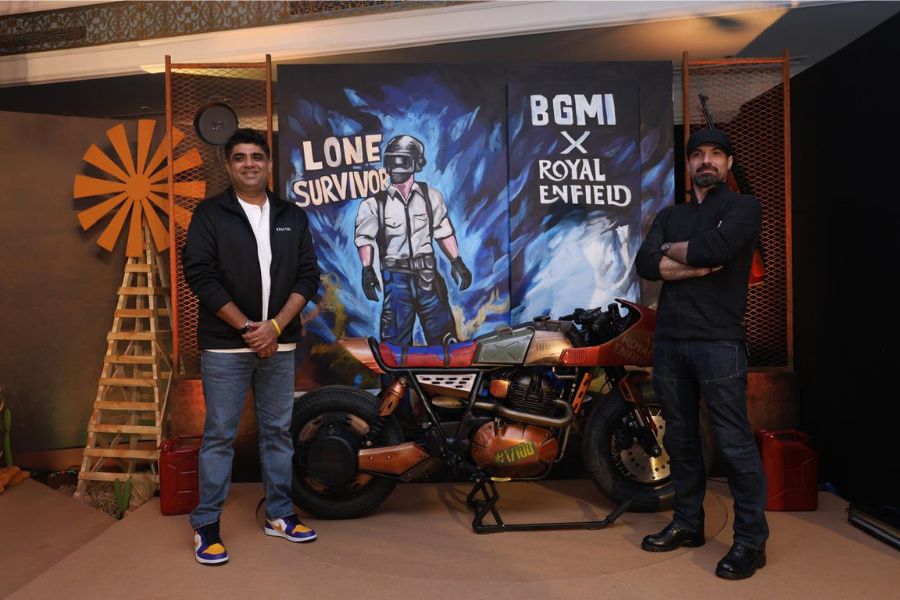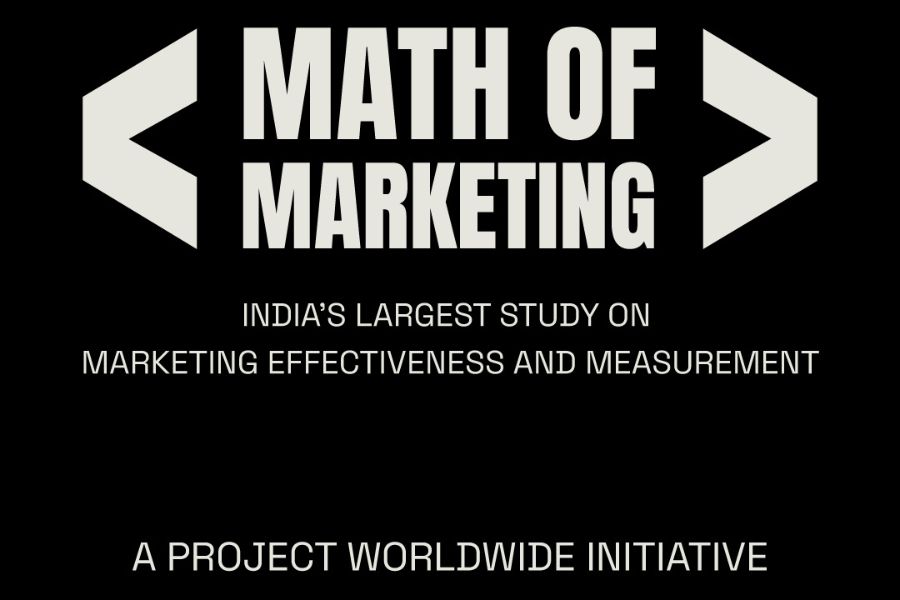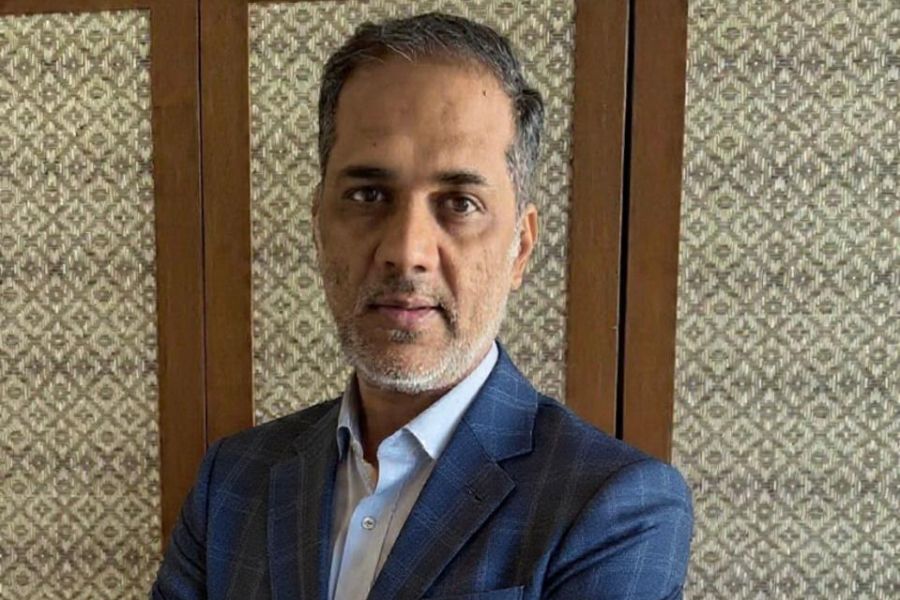From managing people as a human resource person to figuring out what people care most about, Ramanuj Shastry has come a full circle of sorts.
An MBA from IRMA (Institute of Rural Management, Anand) and two and a half years as assistant manager HRD at an oil refinery at Dhara later, Shastry was exposed to the world of advertising.
“My sister was a servicing executive in Mudra. I had come to Mumbai to meet her. I met her colleagues and decided that this is definitely a lot more fun. I applied to all Mumbai agencies and only Ogilvy responded. Anvar Ali Khan, CD, wrote to me ‘We can pay you only peanuts’ to which I replied ‘I’m your monkey’,” recalls Shastry.
This was 1994. His parents, he remembers, were ‘amazingly supportive’ of his decision to move into advertising. He adds, “I left for Mumbai to join Ogilvy as a trainee copywriter in the winter of ’94. And had the insane good fortune of learning from Piyush, Sonal, Bobby, Sagar – to name just a few.”
There was no anxiety on Shastry’s part about the switch. He notes that it wasn’t difficult, because of his love for ideating. Ogilvy was the best possible schooling he could have had, he says. What also helped was his love for reading – the adlander reasons that one could not be a writer if one doesn’t read.
“When I joined, Piyush had just done the ‘Kuch khaas hai....’ campaign for Cadbury’s Dairy Milk. The hallways of Ogilvy were buzzing with excitement. We were young, cocky, workaholic party animals who ended up spending all our days and most of the nights in office. It was the best place to learn because nobody acted like a teacher, everybody was learning,” he recollects fondly.
Shastry moved to McCann where he settled in for seven years. He remembers the agency as the place where he ‘grew up’ as a creative: “I spent the longest time in McCann, seven years. Worked on ground breaking stuff like Thanda matlab Coca-Cola, Saffola’s Dil ki hifazat, NDTV’s Sach dikhate hain hum. I sharpened my craft under the watchful gaze of Prasoon. Made many friends. Grew up. I became an ad man at McCann.”
His next stint, of a year, was at Publicis from where he moved to Rediffusion as joint CCO with Sagar Mahabaleshwar. “Mahesh Chauhan had made us an offer we couldn’t refuse – a chance to work on Airtel. That was one and a half years of outstanding fun and some superb work,” states Shastry.
All about the people
Saatchi & Saatchi was up next and what stood out for him working there was the ‘people-centric approach to advertising’. A concept he says is all too familiar at agencies all around the world but not practiced enough to the ‘T’. “It is here that I leant to ask, ‘What do people care about?’ People don’t care about a car. They care about freedom, mobility and about reaching home early. People don’t care about a washing machine. But they care if it saves them a lot of time which they don’t have,” he explains.
This was also the time of India’s first brushes with digital. The creative recalls that while he went to Saatchi to learn the new kind of work, the agency was doing lots of integrated work – a time when social media was relatively new and exciting.
The Saatchi & Saatchi stint and how the agency approached its work set Shastry venturing out on his own. He explains, “Nisha and I had worked together at Rediffusion as well as at Saatchi and shared the ‘people-centric’ view of the world. Infectious is born out of that vision in 2013, on All Fool’s Day.”
The ‘Infected’ and the consumer
Infectious, he says, was born out of a belief that the wishes and needs of the ever-evolving customer need to be addressed. “We (at Infectious) believe that a new kind of consumer is emerging. It is not just that the technology is getting smarter, people are getting smarter too. Anybody with access to Google does not need us to tell him about a brand or a product. They can compare almost everything online. The job of advertising is not so much as to inform but to seduce. It is not so much about advertising as it is about creating an experience,” he notes.
The onus lies mostly on brands for this, adds Shastry. His point is that brands can’t just say things, they need to live true to them. That, he contends, will mark the difference between people buying ‘into’ brands and not just ‘buying’ them – what the brand stands for is as important as what it sells.
It’s not about CSR. He explains, “It is not even about having a social conscience, it is about just having a conscience. Apple is known for creating the best possible products for its customers. To me that is the company’s ethic. It is the company’s responsibility to be engaging with and ‘wowing’ its consumers. It is not about providing incremental services but about making them go, ‘OMG!’”
The changing communication landscape also means a whole new way a brands’ communication needs to work.
Shastry elaborates, “The consumer has gone from being just that to being a broadcaster. So the job of the advertising industry has gone from reaching to the consumer to reaching to broadcasters. When I joined the industry, it was still a one way communication. We were like Moses reading out the commandments to the people. Now the people talk back. Now the moment you send something out and people don’t like it you’ll be flooded with comments like ‘What is this rubbish?’ But instant feedback also means you can fix things faster.”
The big and small of it
While the bigger agencies manage to attract business, there is a growing space for small agencies, affirms Shastry. He reasons, “The world has started going to small agencies. They’re getting tired of the larger agencies. It isn’t the fault of the agency or people but the sheer workings of a large agency. A small agency does not have that many levels of approval. We don’t have that many egos to manage. We don’t have as many agendas to address. I’m not saying that the big agencies should not exist. They have a role to play too. It’s a big world and we can all co-exist.”
And he also believes that all agencies – big and small – should be judged on the basis of their work, and not as ‘small agency work’ or ‘large agency work’. He explains, “I don’t believe there should be a separate category to award work from a small agency. Let every agency do good work and be judged on the work, not (on) size. Big ideas don’t just knock on big agency doors. I say, ‘Too bad you’re small, but this is the field and you have to be able to do everything a large agency is capable of doing. The client is not going to change his demands just because of the size of the agency. Agencies should not hide under the ‘small shop – big shop’ argument. It’s tough but do-able and dude, grow up!”
Shastry is optimistic about the ‘healthy working style’ that a small agency affords to a creative. Not having 40 clients to think about is just one of the positives he enlists. Lack of that pressure born of scale, he notes, allows the time and focus needed for clients who have bet on the agency despite its size.
But as for going ‘big’ eventually, he has this to say: “Infectious is a small start up now. And will hopefully be a start up always. Even as we grow we have to be careful to not become big. We have to stop somewhere. The moment we can’t give individual attention to my clients is the moment to stop, we think”.
(This article was published in the 3 April issue of Campaign India)




